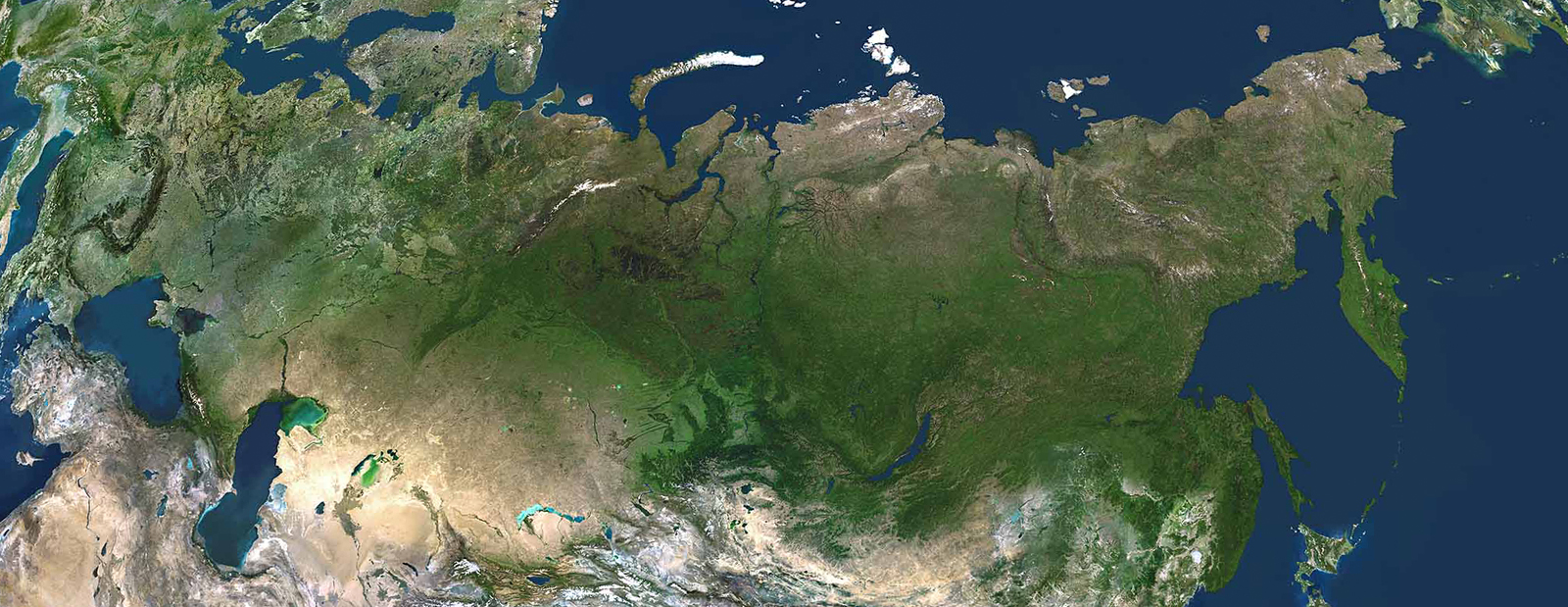Search

Publications
CIS and the Caspian Region: main outcomes and trends of 2023

During the expiring year of 2023, certain common trends for the entire CIS/EAEU region became stronger Ц the investment and trading boom, and enhancement of the new lines of interaction between businesses.
Afanasiy Nikitin scenario
The implementation of the major regional infrastructural projects commenced:
1. Developing the railway communications within the North-South International Transportation Corridor (ITC) and building highways within this transportation strategy (the group of engineering and construction companies Vozrozhdeniye executed the contract for building four-lane highway Turkmenbashi Ц Garabogaz Ц Kazakhstan border).
2. Speeding up the construction of new enterprises, CHPPs and power plants. Signing of the contract for building the NPP in Uzbekistan according to the Rosatom design is at its final stage. One of the indicators of the economic process intensification in Central Asia is an active sourcing by Dushanbe for foreign partners in upgrading the Tajik aluminum plant TALCO, whose outlook in the previous decade was quite sad. The authorities plan to step-up the output of the former Soviet industrial giant five times in three years Ц up to 300 thou tons by 2026. Companies from Azerbaijan, Russia and China are ready to join the project.
3. Building new trade and logistics centers plus a series of mid-size and minor projects. The Agri-Express railway project is expanding from the standpoint of participants and infrastructure, it is becoming one of the mechanisms for implementing the new strategy of export-import commodity hubs outside Russia.
Usually, the implementation of many of the above-listed projects would have to wait for quite a lengthy period of mutual agreements and endorsements. But today in Central Asia time seems to have compacted and accelerated.
Another important trend in the region is grassroots civil integration going on at a quicker pace. Poor migration and tourist dynamics outgoing from Russia to the CIS/EAEU countries has always been one of the weak points of the Eurasian integration, especially vs the labor migration into the RF. Russian practically were very poorly acquainted with the post-Soviet countries of the Caucasus and Central Asia if they did not have relatives there. This situation immediately caught the eye when comparing the Eurasian project with the European one (where the inter-state and inter0regional migration dynamics were at a very high level).
However, the situation changed drastically in 2022-2023. A powerful package of anti-Russian sanctions hit the private sector, and the feeling of the growing risks and threats provoked quite a massive relocation of certain Russian businesses and temporary migration of part of the middle-class city dwellers to the capitals of the Southern Caucasus and Central Asia, as well as to Turkish resorts.
Even though the majority of such migrants were of a temporary nature, this allowed for the expansion of the services including banking, and overall provided the incentives for developing the tourism sector in the Southern Caucasus and Central Asia.
This set of trends may be brought into the Afanasiy Nikitin scenario Ц strengthening of Russian influence to the South and South-East all the way to the Asian-Pacific Region by way of enhancement of trade, economic and investment ties, business trips and personal tourism.
From the macro-economic standpoint, the Southern Caucasus and Central Asia are seriously influenced by Russian-Turkish and Russian-Chinese commodity flows. In January-October 2023, the trade turnover between Russia and China grew by 27.7% YoY making USD 196.48 bn (according to the Chinese General Customs Administration). The trade turnover between Russia and Turkey grew by 49.8% during the same period and exceeded USD 60 bn. The transportation corridors of the Southern Caucasus and Central Asia come together in the Caspian Region and correlate directly with these main trade routes accepting part of the export-import flows generated by the Russian economy.
Indicators and trends of 2022-2023
Let us select the main indicators formed by the long-term trends.
The exit of Western companies from the Russian market provided free space for the responding growth of investment into the RF capital assets. The investment coming from Central Asia into the Russian economy grew 4 times in 2022 vs 2021 exceeding USD 4 bn. At the same time, Russian investors developed strong interest to the CIS/EAEU (relocation effect, etc.).
The inflow of Russian investment into the CIS/EAEU countries includes all the investment categories: from systemic corporate investment to mid-size businesses and opening the settlement accounts by individuals. Russian direct investment into the economy of the Central Asian countries in 2022 exceeded USD 3.6 bn, and the accumulated investment starting from 2015 exceeded USD 25 bn. In 2022, the trade turnover between Russia and the Central Asian countries grew by 20%, i.e., up to USD 41 bn.
According to the forecast by the Economic Commission for Europe (ECE), the mutual trade in the Eurasian Union by 2026 can reach USD 100 bn. In 2022, it already was above USD 80 bn. The ECE forecast also says that the cumulative GDP growth in the EAEU in 2024-2025 will make 2.5% and 2.7% respectively.
For the Caspian Region the most important mutual trade dynamics are between the following four countries: Russia, Azerbaijan, Kazakhstan, and Turkmenistan.
The trade turnover between Russia and Kazakhstan stabilized at the level of USD 28.2 bn (in January-August 2023 it made USD 17 bn). For the mutual trade of Russia and Azerbaijan this metric at the end of January-October 2023 period made USD 3.443 bn, i.e., by 20% higher than the same metric in 2022. The trade Turnover between Russia and Turkmenistan in 2022 reached USD 1 bn, and in Q1 2023 it grew by 10.3%.
From the standpoint of mutual trade in the region, we should pay attention to the growth of imports from the EU into Azerbaijan and Kazakhstan. The European imports into Kazakhstan in H1 2023 grew from USD 3.1 bn up to USD 5.5 bn, i.e., by 76.83% (+ USD 2.4 bn), which is a significant increment. The imports from the EU into Azerbaijan during 9 months 2023 made EUR 1.8 bn (i.e., 35% growth), including in Q1 Ц EUR 0.6 bn (i.e., growth 1.7 times), in Q2 Ц EUR 0.6 bn (i.e., 30.9% growth), in Q3 Ц EUR 0.6 bn (i.e., 11.3% growth).
Hence, a number of economists conclude that the European imports into the Caspian countries is growing due to re-direction to the Russian consumer market Ц the same as the growth in the European imports into Turkey.
One of the effects of the anti-Russian sanctions by the USA and the EU: they became a serious driver in expanding the ties along such routes as Baku Ц Aktau, Baku Ц Turkmenbashi, Baku Ц Tashkent. The business activities within the «Caspian Five» countries during 2022-2023 were taking place against the background of re-focus of the trading routes ending at the Russian market.
This period also featured the re-focus of a part of Russian exports in hydrocarbons (gas and some oil volumes) to the Central Asian countries. Stabilization of fuel-and-energy mix in CIS/EAEU due to the supplies from Russia may be observed in Azerbaijan and Uzbekistan (judging by their refineriesТ data). In November, Uzbekistan received the first volumes of Russian gasoline under the inter-governmental agreement on maintaining its national fuel mix.
A new phenomenon became a distinctive feature of 2022-2023 period Ц activization of e-commerce by Russian companies, change in routes of consumer goods supplies, building new customs storage infrastructure (projects by Wildberries and Ozon in Uzbekistan and Kazakhstan). The same is true for the inter-banking systems development for payments in Russian Rubles and national CIS/EAEU currencies, as well as CNY strengthening (the regional de-dollarization effect).
Acceleration of inflation driven from two sides Ц the Ruble zone and Turkish Lyras Ц may be mentioned as an example of negative effects of the trade and investment boom. The negative effect of the migration of the middle-class, youth and certain companies from Russia is the growing real estate market «bubble» in the capitals of the Southern Caucasus and Central Asia.
Strategic insights
Andrey Belousov, the First Vice-Premier of the Russian Federation, proposed some interesting wording for the Russian strategy in the «immediate neighborhood zone» (the CIS/EAEU Region) in his report to the export forum «Made in Russia».
According to Belousov, previously the key success factor for any state was its successful integration into the global trade, but today «this is forming its own steady strategy». Today, the countries with such strategic potential should assure strategic certainty for themselves and their partners. «We see that today the USA and the EU member states, first of all Ц Germany Ц initiate their own long-term projects to develop their enclaves. This process is already in progress, and, in my opinion, it will continue at least until the end of this decade and most likely will be carried forward to the next decade».
Belousov proposed to divide the Russian «development enclave» into two areas.
The first area is integration, where the players enjoy the benefits of common «rules of the game and common infrastructure». It pertains to transportation and energy infrastructure, the rules of accessing the markets, technological interaction in the form of standards, etc.
The second area includes remote circle of supporting countries, with whom the system of partnerships is being built based on the specifics of that or another country.
«With China, for example, we are building a system of partnership practically across the entire agenda, but with other countries, who are also key for us, such systems may be incomplete. Nevertheless, such partnerships mean the mutual dependencies of countries in the long-term horizon, and they are the necessary prerequisite for developing such enclaves. This pertains not only to Russia, but to all the countries, which aspire for forming such enclaves. Of course, some countries will be left with an unaligned status, and they may include some major players with national identity», Andrey Belousov remarked.
The First Vice-Premier of Russia also defined the key priorities for Russia to assure its steady strategy:
- Decreasing the level of uncertainty for exporters in the new markets;
- Building financial and settlements infrastructure;
- Further removal of transportation and logistics barriers;
- Re-building the export support system based on the new challenges;
- Developing the humanitarian partnership, contacts in the spheres of culture, education and healthcare.
In other words, «the system of partnerships» may be understood as the focus on effective bilateral relations (or joint projects of three states as a maximum), which at the same time will be formalized within some common consultations framework of regional integration initiative. Probably, this will be the major vector of the future EAEU development, especially taking into account that Iran is actively moving to the common free trade area.
The practice of interaction between Russia and FSU countries proves that the bilateral communications are less expensive and more efficient vs the collective formats. In a certain sense, the EAEU and the Chinese One Belt and One Road projects follow the same path of shifting the focus from building the collective integration formats to a set of standard initiatives («the system of partnerships») implemented on a bilateral basis together with a specific country with account of its realities.
Prospects and risks for 2024-2025
The anti-Russian sanctions are the main source of the external problems, and at the same time Ц an incentive for stepping-up the economic activity in the region. With this in mind, the CIS/EAEU should not miss the following aspects:
1. The sanctions will stay in effect much longer than the warfare in Ukraine continues Ц within the historical horizon of decades. Subject to thawing of the relation between Russia and the West, the first ones to be removed will be some banking and transportation sanctions, but by far not all of them.
2. Individualized sanctions against certain companies from the CIS/EAEU cooperating with the RF may be introduced at some point. Personal restrictions against certain specific business and political figures are also possible. Noone is «untouchable» in this case.
3. The sanctions will have their own dynamics: from ear to year, from one sphere to another. New restrictions may be built-up (e.g., in nuclear energy), however, along other lines the control may be decreased («sanctions are still in place, but there is no punishment for violating them»).
4. The two-contour economy may appear in the CIS/EAEU countries Ц one contour will be for cooperating with the EU and with the West in general, and the other one Ц for cooperating with Russia and SCO countries. The competition between the Western and Russia-Eurasian economic platforms is already a reality, along with their servicing architectures in finance, logistics, insurance, aircraft engineering. And there will be many alternatives to the Western financial architecture; the network will emerge combining the bilateral relations between Russia and specific SCO countries and BRICS member states. Chinese yuan will be playing a much bigger role.
5. From the political standpoint the situation will be fluctuating until the more-or-less obvious border for separating the pro-European and Russian-Eurasian blocks emerges.
The countries of the Southern Caucasus will find themselves in the most difficult situation, because this exactly where such border will be. The key objective of the West is to pull the CIS/EAEU countries to its side, so that they decrease the level and scope of their cooperation with Russia. An it is clear that in case of a war against Russia the West will not be deeply submerged in the social and economic implications of such dissociation of the CIS from Russian economy, they will just offer some provisional «compensation» for local political elites.
In general, the real battle is already going on for the Southern Caucasus and Central Asia, and significant financial resources and political emphasis is given to it on behalf of both Russia and the collective West. Azerbaijan and Kazakhstan will continue to play the key stabilizing role in the Caspian Region, and for them interaction with Russia is the formula for domestic political stability and economic sustainability.
At the same time, the EAEU format is also receiving «the second life», because European companies understand: they can maintain access to the highly marginal Russian market via Kazakhstan, Armenia and Kyrgyzstan (especially with the account of the sanctions-related barriers). Probably, when the future thawing of the relations between the Rf and the EU starts, many companies who have «exited» Russia will be found in the Asian, Caspian part of the EAEU, and will start their come-back to Russia from there. It is enough to take a look at the list of French European corporations operating in Kazakhstan: TotalEnergies, Orano, Air Liquide, Airbus, Saint-Gobain, Alstom, Lactalis, Danone Ц this is the same list as the list of leading European companies operating in the Russian market until the spring of 2022.







